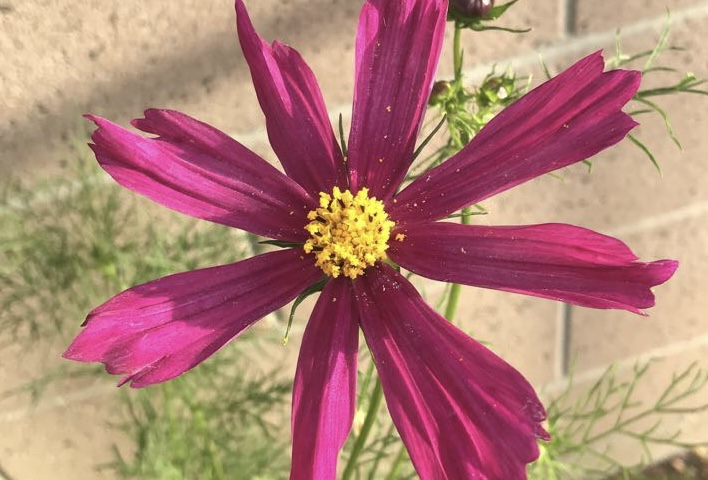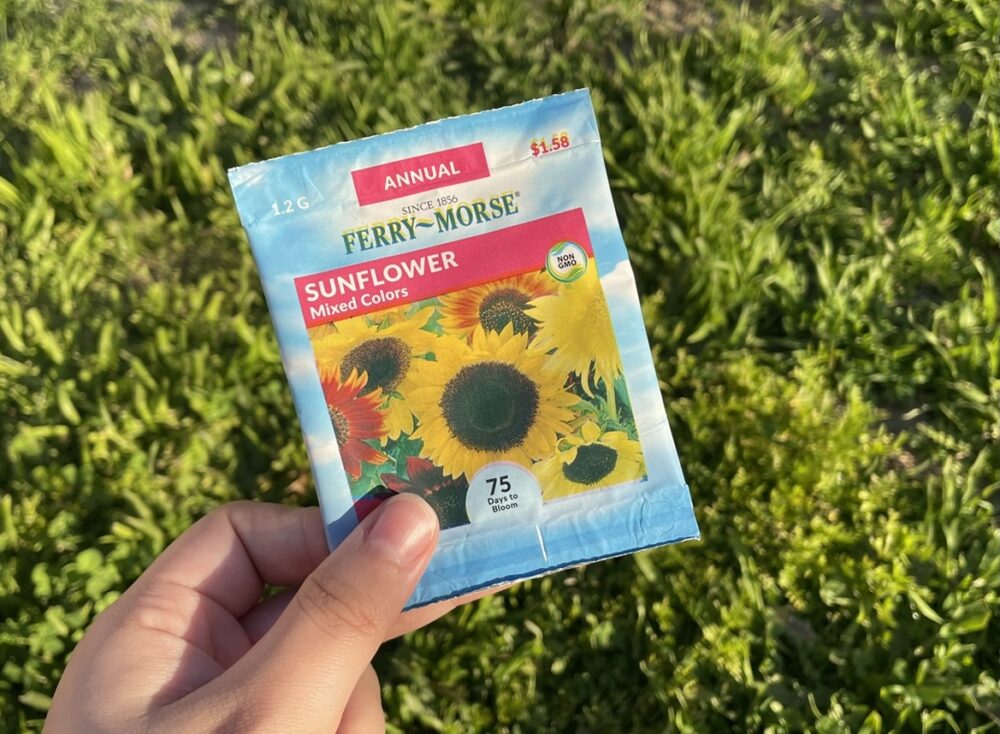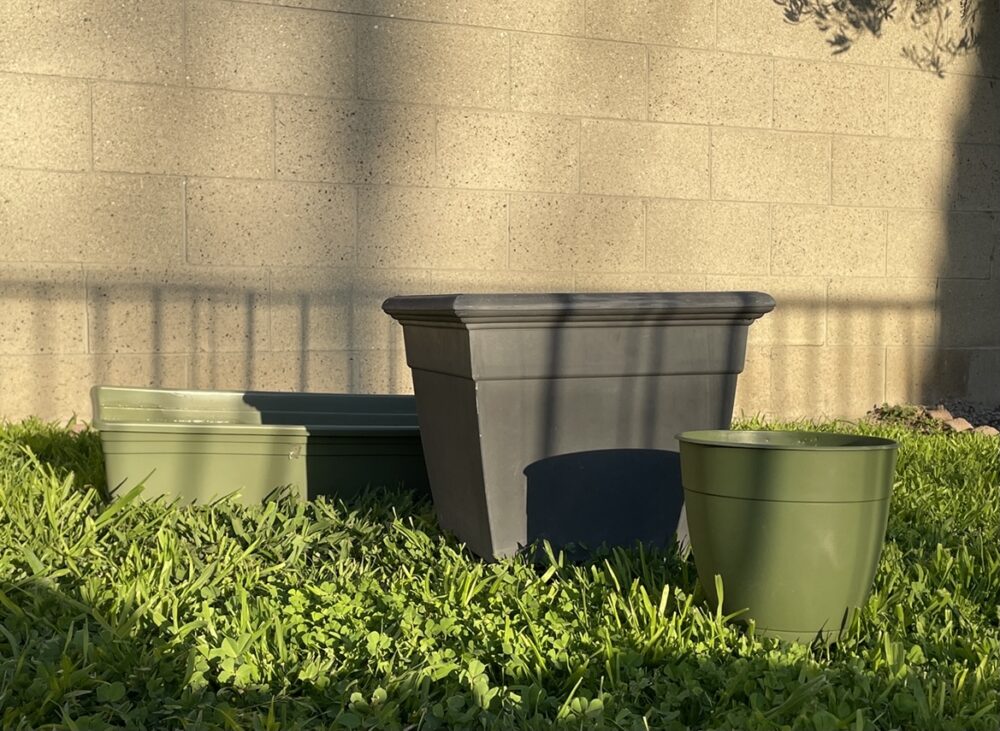
By Sydnie Sabbarese
You can tell that spring is in the air—birds are chirping, the sun is shining and flowers are blooming. Watching the colorful flowers can be entrancing, and could perhaps spark an interest in wanting to plant your own.
While gardening may seem a bit difficult to get into, it becomes quite easy to get the hang of once you learn the basics. Here are some tips that you should know before starting to grow your own garden.
What kinds of plants should I grow?
Wildflowers are among the easiest flowers to grow since they require very minimal effort and do fairly well on their own. A group of wildflowers can grow to incredible heights as long as you plant them in an area with an equal amount of sunshine and shade and water them every two to three days.
They are also an ideal first-time plant since there are so many different kinds you can get. Some packs are designed to attract different types of birds, while others can attract pollinators such as bees and butterflies. Whatever your preference is, you will be able to find a pack that fits your needs.

Sunflowers are also an easy plant to grow, as long as you can provide them with a good source of sunlight for six to eight hours a day. They do, however, generally require lots of water during their germination period, which could be a problem for someone who does not want to use lots of water for their garden.
If you are interested in growing your own sunflowers, there is a variety to choose from, including the enormous giant sunflower, the lovely lemon queen Sunflower and more.
For someone who wants to grow their own fresh fruits and vegetables, lettuce and strawberries are two of the best for beginners to plant due to their ability to grow in so many different conditions.
Most kinds of lettuce, such as leaf or butterhead, can withstand extremely cold temperatures, which makes it an extremely versatile vegetable. It is ideal to plant this crop any time from fall to early spring. In Southern California, it is best planted sometime from late March to early April.
Strawberries are a favorite of gardeners because they are relatively low maintenance. As long as you plant your strawberry seeds in an area that receives plenty of sunlight, you will be able to grow them with ease. They can also be planted in all different kinds of containers or even right into the ground, so worrying about where to plant them will not be an issue.
In general, anything that does not need to be watered too frequently and can withstand many different conditions will be easy enough for a beginner to grow. Some plants you should avoid growing until you are more comfortable with gardening include orchids, cauliflower and celery due to their sensitivity regarding temperature and other growing conditions.
How should I plant my seeds?
It is recommended for most plants, especially vegetables, that you plant them in a container inside for around six weeks while waiting for any frost outside to melt. If you live somewhere warm, however, it is usually fine to plant them outside without keeping them inside for that six-week period.
You should always look at the back of every pack of seeds you buy since there is always important information about how to plant the specific seeds located on the back. Here, you will be able to find out basic information such as the time frame in which you should plant the seeds, how far apart you should plant each of the seeds and how long it will take for the seeds to germinate.

Seeds should be planted in containers relative to their size and how their roots grow. Plants with fibrous roots, such as corn and wheat, should be planted in containers of about equal height and width to support their roots, which grow both vertically and horizontally. Plants with taproots, such as carrots, should be planted in a tall, sturdy planter since they have one large root that grows downward.
If possible, plant any large flowers, fruits or vegetables directly into the ground so they have as much room as possible to grow. If you are unable to do this, you may have to replace the container you are growing it in every once in a while so that the plant does not outgrow its container.
How should I take care of my plant once I’ve planted the seeds?
The way you should care for your plant while it is growing is different for every kind of plant. Generally, you should make sure it gets enough sunlight to be properly nourished, but not too much to the point it may start to wilt. If you think you may need to provide more shade for your plant, you can place a cloth over it so that sunlight is still able to get in while not directly shining on the plant.
Overwatering or underwatering plants is another thing you should keep track of. Underwatering occurs when a plant does not receive enough water, which can be apparent when the plant’s leaves start to wilt and become discolored. Overwatering a plant happens when you water it far more than what it needs. An overwatered plant has leaves that look similar to under-watered leaves, except they will be droopy and overly-soft.
You should be able to resolve them quickly enough so they continue to grow healthily if you check on your plants every day to see and resolve any issues that may occur. Keep in mind what your plant should look like at each stage of growth, and look online for tips about certain problems you may encounter if needed.
With this advice in mind, you will be able to grow a beautiful garden of your own to enjoy by the time summer comes around.





